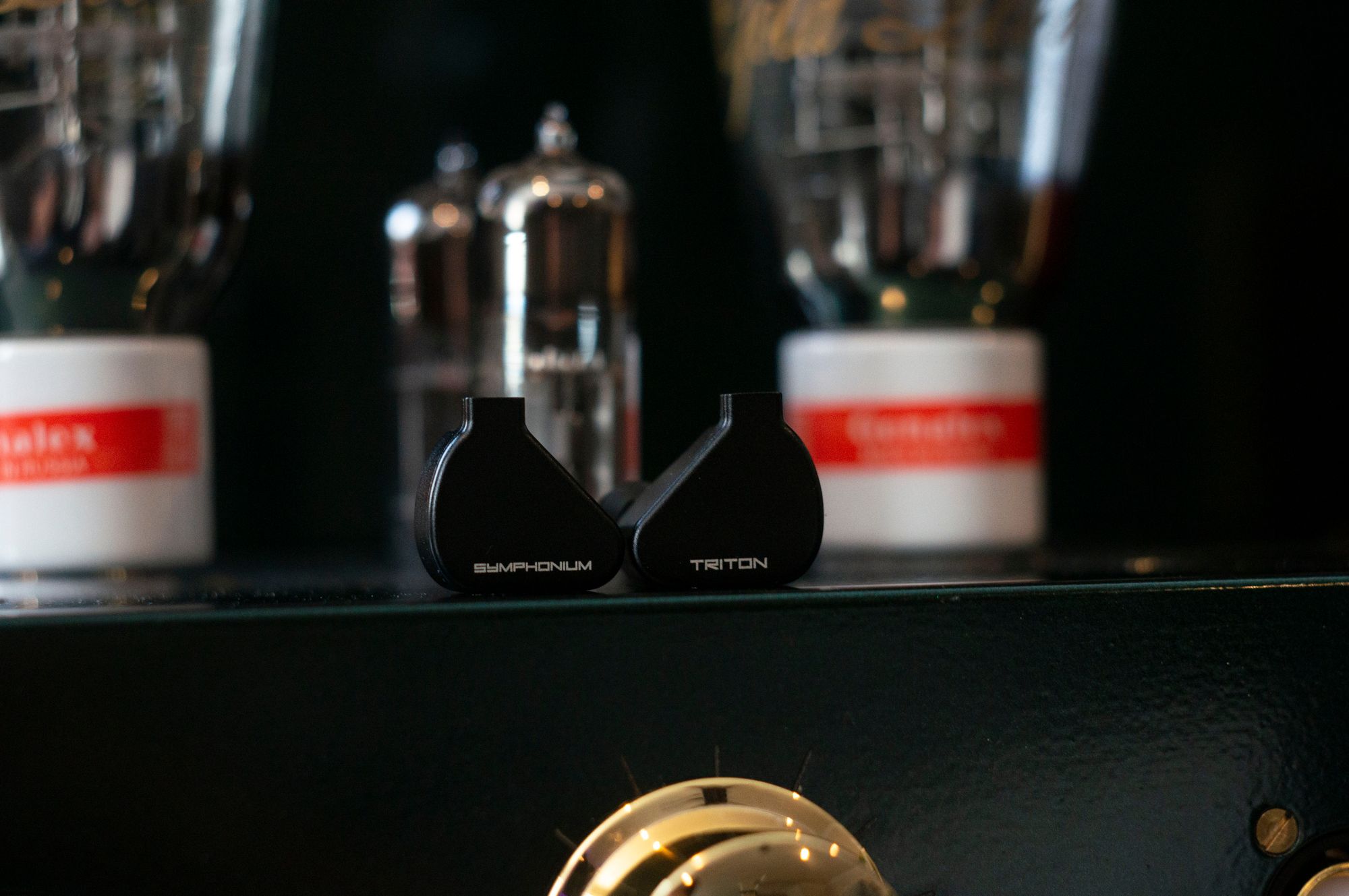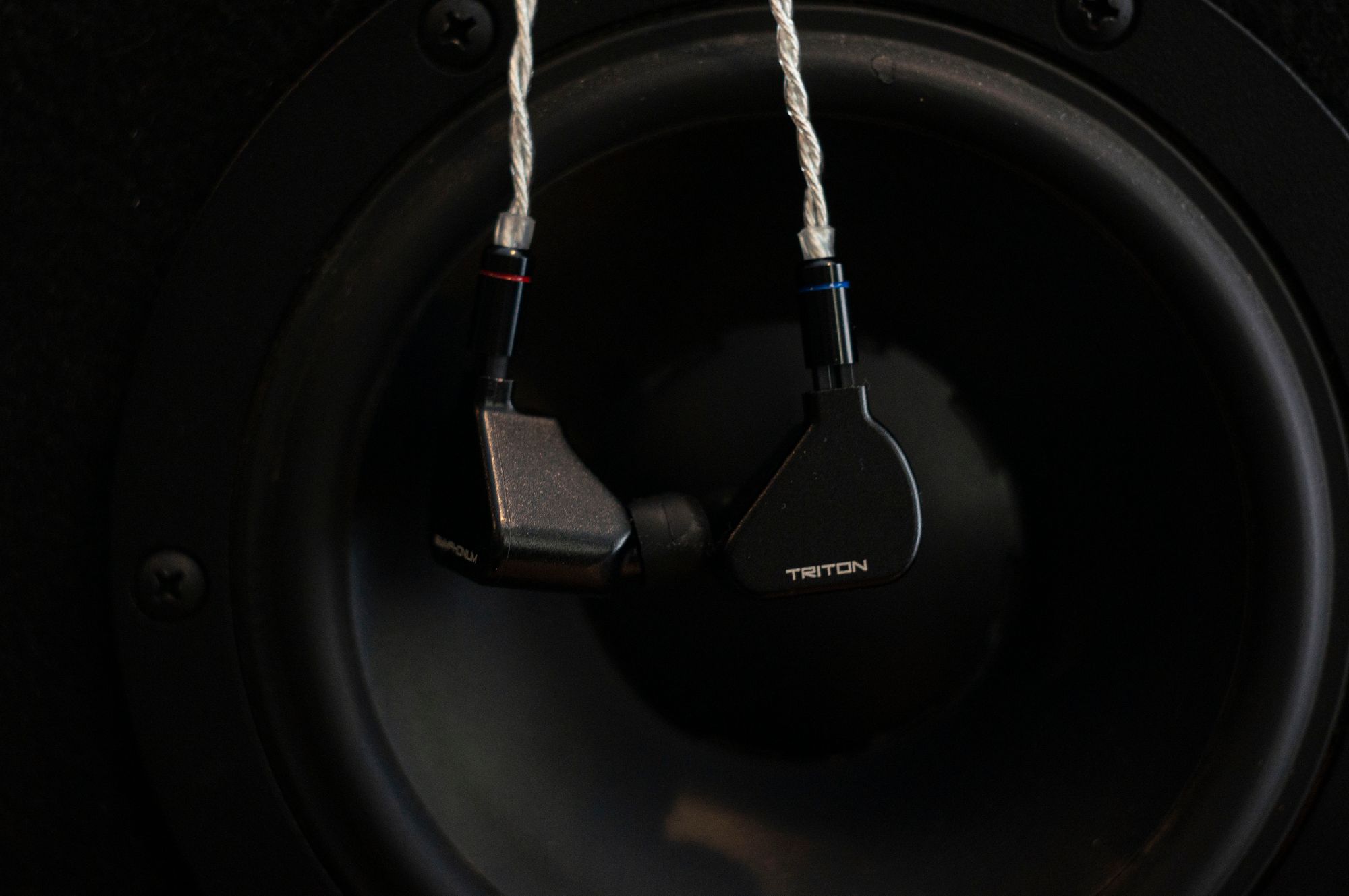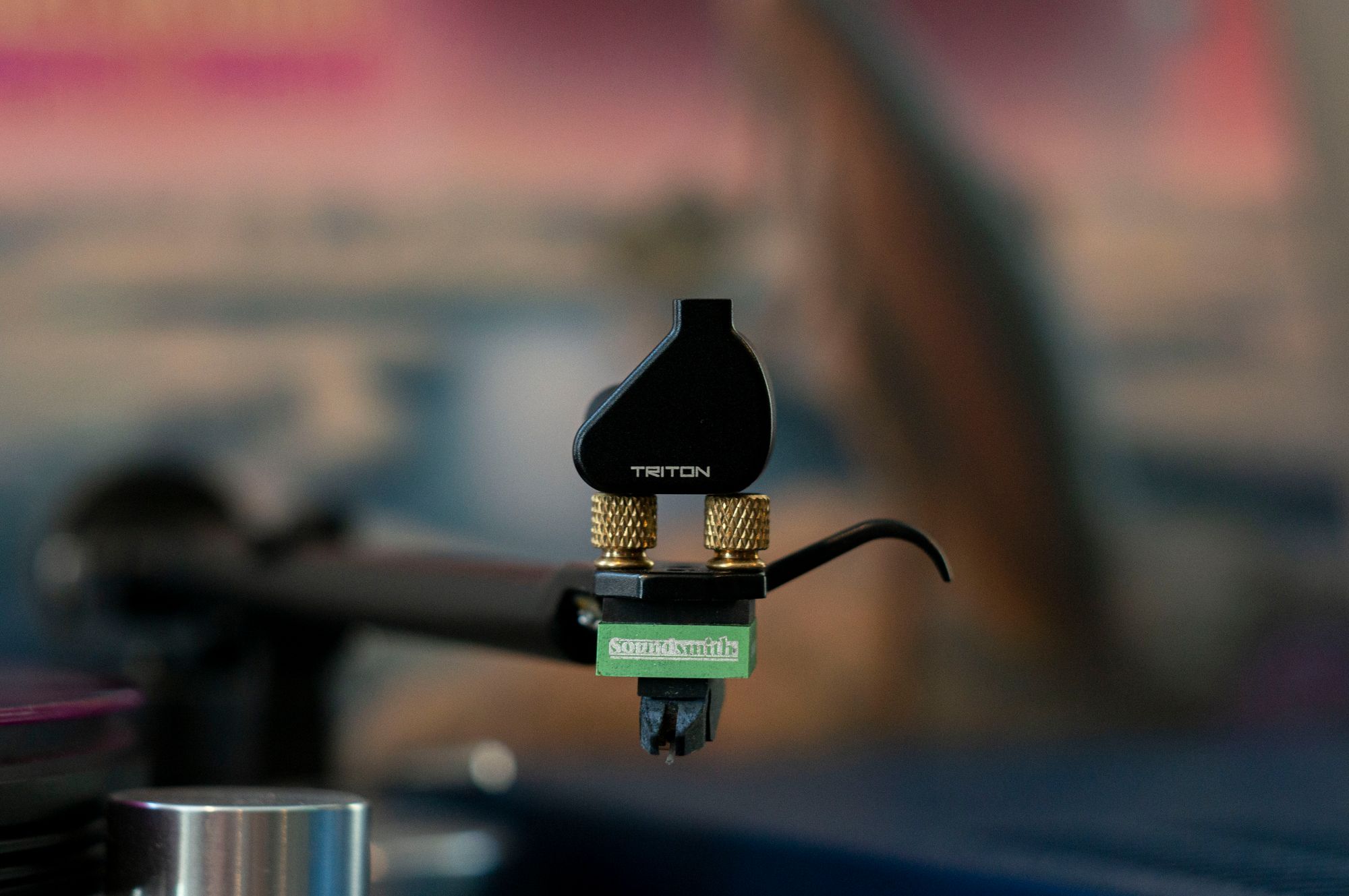I’ll admit I’m not a big IEM user. The vast majority of my music listening is with speakers, with a small amount dedicated to over ear headphones when I need to be courteous to other people. IEMs, for most of my life, have been treated as a “necessary evil” for when I want to listen to music on the go. Since I rarely fly and often am the driver rather than a passenger, my IEM use is dwarfed by my headphone use. However, that doesn’t mean I’m completely lacking in IEM experience. I’ve owned the Ultimate Ears Reference Monitor (twice), several different versions of the Etymotic ER4, dabbled with a few hybrids like the Aurisonic ASG2.5 and 64 Audio Tia Fourte. I’ve made it a point to try the established “good” options like the Sony IER-Z1R and IER-M9, Inear Prophile PP8, 64 Audio U12T, and Thieaudio Monarch MKII. I’ve also gotten to try a lot of the new heavy-hitters like the Oriolus Traillii, Vision Ears Phönix, and Ambient Acoustics MAD24. In general, while there have been a few bright spots, I haven’t been fully convinced to convert, but Symphonium Audio is dangerously close to getting me to change my mind.
The first Symphonium product I used was the Helios, which I felt compares very favorably to the 64 Audio U12T. It leaned a little brighter but also a little leaner, which made the U12T sound dull and almost congested. I was shocked to learn that it was a fully balanced armature (BA) setup, because the bass actually sounded more like a dynamic than my own Tia Fourte, which actually has a dynamic driver. I don’t know what magic they pulled off at Symphonium, but it was enough to fool me. As my co-writer has already written up a wonderful review of the Helios, I’ll save the reader some time and say that if the Helios’ midrange were a little more timbrally correct, I’d buy one right now. Instead, Symphonium generously included me in their tour of the Triton, their cheaper hybrid model, and I’m just as torn about buying one now as I was with the Helios.
Setup

My IEM testing setup is less than ideal. Since I haven’t had much of a reason to delve deep into the IEM world, I don’t have a modern DAP. Most of my listening was with a Hifiman HM650, a Questyle CMA800R into an Exogal Comet, and a Neurochrome DG300B into a ValveDAC. Even then, I must say the Triton isn’t half bad out of any of these strange chains.
One thing to note is that the Triton (and Helios) use a very large shell which may not fit many people correctly. I’m not one of those people. I can lay on my side with the Triton in my ear, so that may affect my impressions, especially my treble impressions, as the Triton is able to get deep into my ear canal.
Bass
Since the Triton uses a dynamic driver, I expected the bass to be a highlight of the IEM. Strangely, it isn’t. I don’t have a Helios to compare to it back to back, but I actually would have expected the opposite driver pairing to be the case with the Triton. The bass is just…fine? I recall less of a sense of impact with the 1DD+2BA Triton than I did with the 4BA Helios. It’s strange. The Helios bordered on having a little too much sub bass with its sub shelf, while the Triton has a smoother boost, as upper bass does have some elevation where the Helios does not. This may be part of the reason I perceive the Triton to sound a little fuzzier in the bass, as it seems Symphonium attempted to naturally cross the dynamic driver over with the balanced armatures.
Midrange
The midrange of the Triton impresses me more than its bass, but it’s not quite up there with the best. The timbre, like with the Helios, is a slight bit off. Vocals lack the texture I’m looking for, but I do think the upper bass transition into the lower midrange gives them more body than the Helios does. It was in analyzing the midrange that I realized why the Triton was connecting with me. One of my favorite IEMs is the Sony IER-M9. It’s not technically the most proficient, but that isn’t something I index for as much as others may. What I do highly index for is tone and timbre—the M9 was the first IEM that made me realize that “BA timbre” is not a monolith. The M9 is a 5BA IEM with what I would easily consider to be the nicest tone I’ve heard in an IEM, BA or dynamic. It still had a little bit of the BA nasal and metallic tinge, but Sony somehow made a very “romantic” sounding IEM without the use of dynamics. And more interestingly, the IER-Z1R, which does use a dynamic, seems to eschew a lot of what made the M9 so special in its midrange. The Triton reminds me of the M9, minus a little bit of the congestion that came with boosting the upper bass and a bit more upper midrange gain to add a little liveliness.
Treble
The treble is a little rolled for my taste. The deep fit may play some of a role because the depth of the insert will change the point of resonance. The distance the end of the IEM’s nozzle is from my ear drum will affect where the treble peak/resonance by the following:
For example, a lot of Crinacle’s measurements have a peak at around 8kHz, meaning the distance that those IEMs are from the mic is somewhere between 21mm and 22mm. It is totally possible that the Triton—and this can only be an assumption because I have no idea where the Triton’s nozzle actually is relative to my ear drum—is getting deeper in my ear than that, so the treble peak moves up, possibly to the point where it doesn’t even sound like a peak.
Still, the Triton could use a bit more treble for me. Different tips did change the treble because I was not able to insert them as deeply, but the Spinfits I used sounded the most correct to me. It’s a shame, because the Helios’ treble is outstanding, but I do understand that the slightly rolled treble does fit the more relaxed tonality that the Triton has in its midrange and bass.

Technicalities
This is where my lack of IEM experience will show. Since I’m erring towards leniency because I innately assume, possibly unfairly, than IEMs will generally be less technically impressive than headphones or speakers because most of my prior IEM experience has been subpar, I think the Triton isn’t half bad at most of the “technical” aspects. For example, I remember being much more annoyed at the Monarch MKII’s lack of integration between midrange and bass, so the entire presentation sounded disjointed. The Helios’ more balanced integration makes the timbre difference between the dynamic driver and the balanced armatures less noticeable than the Monarch.
I don’t get the sense of trailing decay that I hear in dynamic headphones and speakers so that does take some time to get used to, but I didn’t notice the Triton ever feel too congested and struggle to play fast, complicated passages. Some aspects of detail did sound obfuscated with the lack of decay and small stage, but I don’t know if I’ve ever heard an IEM that didn’t have that problem.
The dynamics are…fine. The Helios is more dynamic with harder-hitting transients, but it’s also a more lively-sounding frequency response so if the relative lack of dynamics is a function of the tuning, that’s something I can accept.
The Triton doesn’t sound as large stage-wise as the Helios, but it doesn’t sound completely closed-in. IEM soundstage and imaging is interesting. Almost all of them sound “in my head” to an even greater degree than headphones do, but one thing I have noticed that IEMS seem to replicate better is a center image. Most headphones do a good job at giving a left and right image, but the center image, especially after being used to speaker imaging, sound a little fuzzy, like you’re crossing your eyes a little bit too far. IEMs don’t suffer from that issue to the same degree, which makes them image, in that one specific aspect, better than most headphones. I still don’t know if I can say that the more compressed IEM stage is enough for me to give up over ear headphones, but I now have the pleasure of being annoyed by both IEMs and headphones.

Conclusion
The Triton occupies a different place in Symphonium’s lineup than the Helios does. While the Helios seems like an all-out assault against the sub-$2k (and even higher) IEM market with a focus on stage, treble, and technicalities, the Triton is more like comfort food. It really does refine a lot of characteristics I love about the M9 to my specific taste. I don’t want to claim this is an upgrade from the M9, because I don’t think it is on a technical level, but the Triton takes away some of the thickness to make it a little more friendly to genre switchers. While the M9 sounds wonderful for thick, soulful vocals, I did get the sense it wasn’t ideal for fast-paced orchestral pieces. I don’t think the Triton is perfect, and I realistically would recommend most people look into the Helios if they are considering the Triton because the price difference doesn’t befit the actual technical upgrade one is getting with the Helios, but when I’m hungover, I would rather grab a bowl of arroz clado than eat at Alinea.
Comments?
Leave us your opinion.